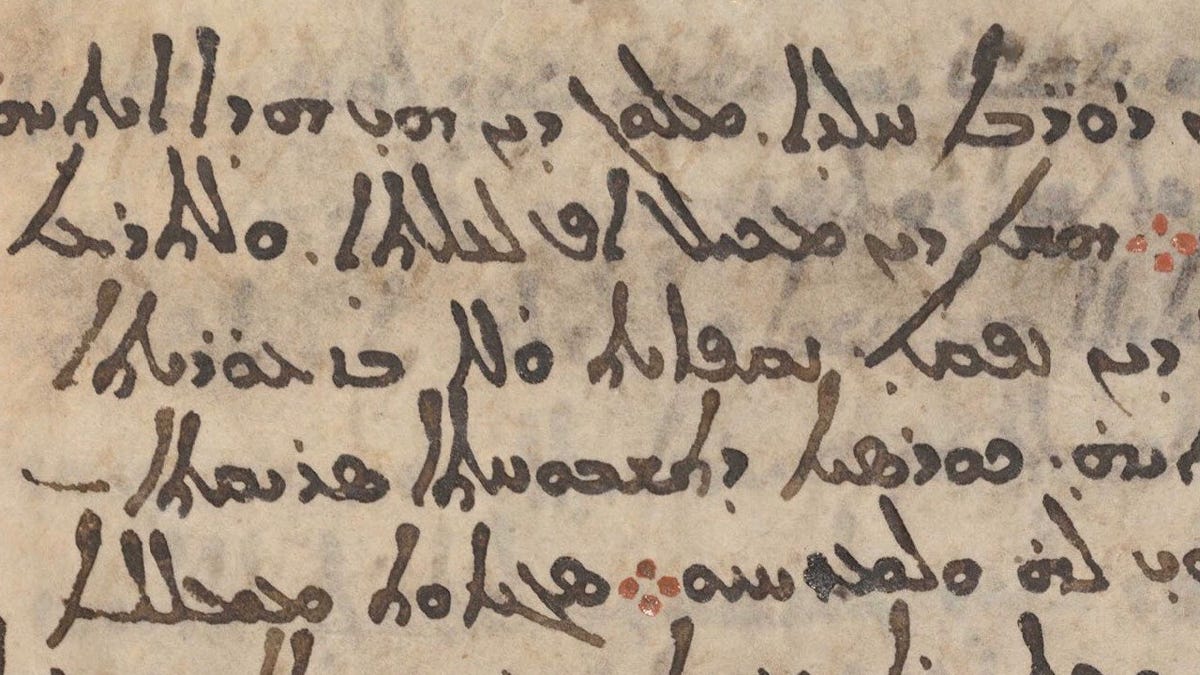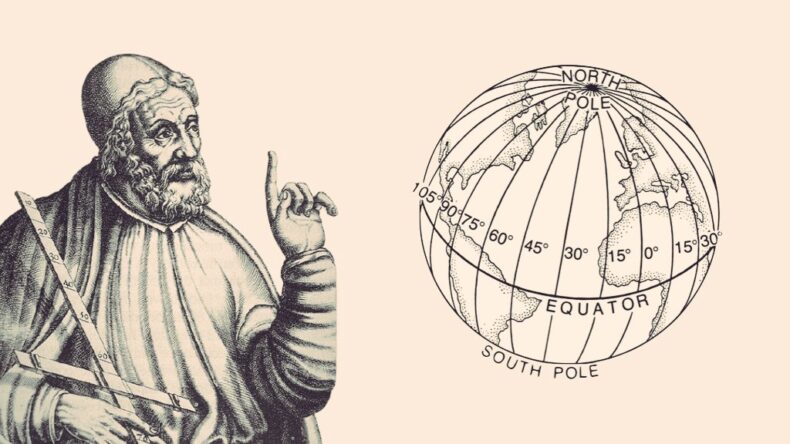A revered astronomical manuscript, lost for millennia, is said to be the work of Hipparchus, dubbed as the father of scientific astronomy.

Who is Hipparchus?
Humanity’s earliest attempt to map out the entire night sky is credited to Hipparchus, a Greek astronomer who lived during the second century BC. Once thought to be long lost, a fragment of this ancient star map has now been discovered. The fragment was found concealed under nine leaves, or folios, at St. Catherine’s Monastery in Egypt’s Sinai Peninsula’s religious Codex Climaci Rescriptus, a medieval Greek manuscript.

Parts of this star map have been discovered in the pages of the Codex Climaci Rescriptus, a compilation of Syriac texts written during the 10th and 11th centuries whose parchment pages were erased, a common practice at the time, so they could be reused, but still contain traces of earlier scripts written on them. The majority of the folios of the Codex today belong to the Museum of the Bible in Washington, DC. However, this specific palimpsest originated from the Greek Orthodox St. Catherine’s Monastery in Egypt’s Sinai Peninsula.
The codex is called a palimpsest, or, the original writing of the text has been erased from the parchment and replaced with a collection of Christian Palestinian Aramaic texts containing stories from the Old and New Testaments. The researchers assumed that more may be buried under the pages, and multispectral imaging proved something extremely surprising: Corona Borealis’s exact numbers, stating, in degrees, the length and width of the constellation, along with coordinates for the stars located at its farthest corners.
“I was very excited from the beginning,” said study lead researcher Victor Gysembergh, a science historian at the French National Center for Scientific Research (CNRS) in Paris, “It was immediately clear we had star coordinates.”
The map is considered to be the first to give numerical coordinates to astronomical bodies. Despite the notoriety of the book, the book’s existence was only proven to be real through the books and writings of another popular ancient astronomer, Claudius Ptolemy, who also created an astronomical compilation of his own, about 400 years later.
The study on the discovery of the ancient star map was published in the journal History of Astronomy this week.
“This new evidence is the most authoritative to date and allows major progress in the reconstruction of Hipparchus’ Star Catalogue,” says the study on the discovery of the star map. The discovery is revolutionary, as it could not only finally detail Hipparchus’s attempt to map the stars through calculations and measurements, but also the history of astronomy.
Multispectral imaging, a non-invasive method, was used by teams from the Early Manuscripts Electronic Library in California and the Lazarus Project at the Rochester Institute of Technology to expose the hidden text and measurements. Following that, scientists from the Universities of Cambridge and Sorbonne were able to interpret the descriptions of four constellations. According to the study, this not only appeared to show Hipparchus’ cartography, but the newly discovered numerical proof is also strongly congruent with actual star coordinates.
Although the researchers concede they are dealing with a limited sample and that large mistakes might exist in areas of Hipparchus’ Star Catalogue that haven’t survived or been unearthed, this would make Hipparchus’ Catalogue more accurate than Ptolemy’s much later Almagest astronomy manual.
The experts claim the Codex Climaci Rescriptus might yet disclose even more of Hipparchus’ star observations as cutting-edge digital technologies continue to retrieve important pieces of cultural material on papers the human eye can’t see owing to damage, decay, or intentional erasure.
Greek Mathematician Archimedes’s earliest works have also been revived through multispectral photography. The Biblical Dead Sea Scrolls, found in Qumran, Israel, scrolls damaged in Mount Vesuvius eruptions, have had their secrets disclosed through this method.
Hipparchus, also known as the father of trigonometry, is considered to be the greatest astronomer of ancient Greece. The study of eclipses and the measurement of the sizes and distances of the Sun, Moon, and other celestial bodies from Earth were among Hipparchus’ most significant astronomical contributions. Hipparchus, believed the Earth to be stationary and spherical at the center of the cosmos (also known as geocentric cosmology). According to this view, the celestial sphere, which included the stars, the Sun, Moon, Mercury, Venus, Mars, Jupiter, and Saturn, as well as all other solar system bodies that could be seen with the naked eye, rotated around Earth every day.













